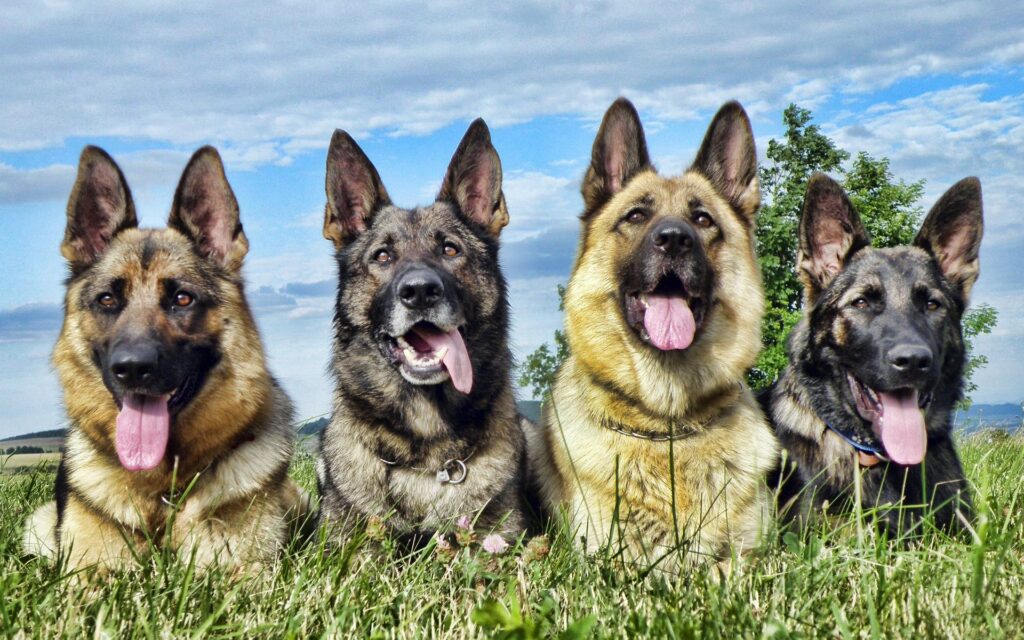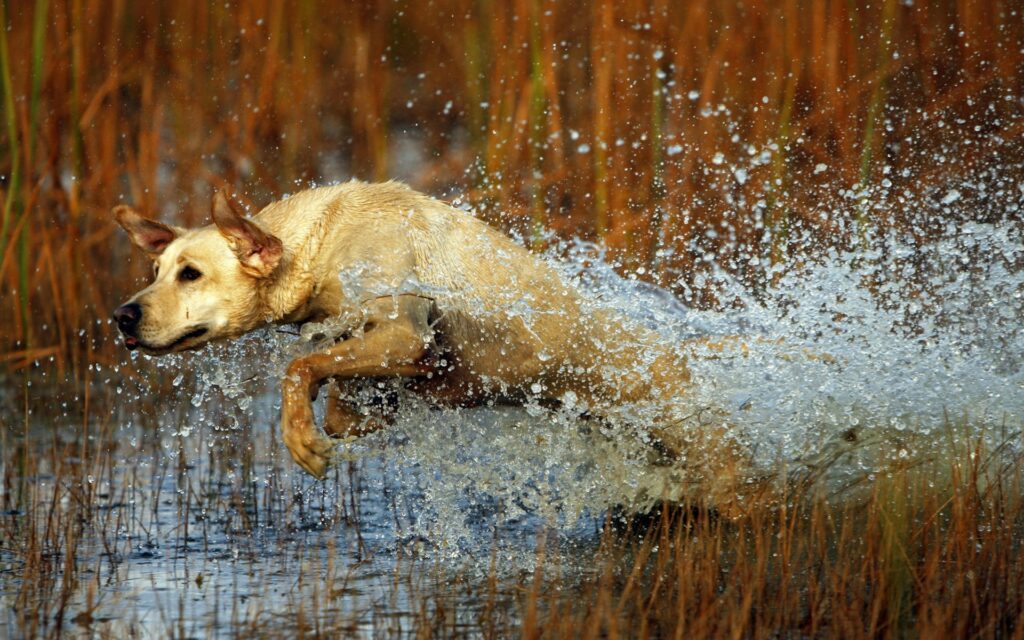Whether you’re looking to train your dog for obedience, protection, or to make them more obedient in the home, there are many different ways you can approach training.
Start by using treats as a reward and a click sound when your dog successfully performs the desired behavior. Then transition to less rewarding objects and work at a slower pace.

Basic Training
Getting ready for basic training can be an overwhelming task. There are a lot of things to think about, including your family’s support. The military has a program called Friends & Extended Family that helps service members and their families access information and support 24/7, and it can help ease the stress and anxiety of this life-changing event.
Basic training is designed to teach you the skills and abilities needed to serve in the Army National Guard. It also helps you prepare mentally and physically for the challenges of serving in the military.
The first week of BCT, which is the reception phase, begins with a welcome ceremony and an introduction to the drill sergeant who will oversee your training throughout the 10-week program. After the welcome, you’ll meet your new squad and begin a series of physical and mental training exercises to prepare you for the challenge ahead.
You’ll also learn the basics of how to communicate with each other, and you’ll start to understand the values of the Army. These include the Army Core Values, the Warrior Ethos, and the Soldier’s Creed.
Your initial training will take place in the company area (up to 240 recruits), where you’ll be trained by a drill sergeant and your platoon members. You’ll perform physical training (PT) every morning, and you’ll also participate in a variety of other training exercises during the day.
In addition, you’ll be expected to travel in pairs, known as battle buddies, when traveling from one place to another. Typically, this means you’ll be accompanied by a fellow recruit and/or a drill sergeant when traveling outside the area.
To get prepared for basic training, it’s important to make sure you’re in the best shape possible. Whether it’s through a dedicated exercise routine or by maintaining a healthy diet, being in the best shape you can is essential to surviving and thriving in the military.
The Army National Guard has a physical fitness test that all service members must pass before beginning basic combat training, so it’s a good idea to build up your fitness level before going. By taking a few short fitness classes and doing some strength-building workouts, you’ll be prepared for the physical and mental challenges that come with basic combat training.
Socialization
One of the most important things you can do for your dog is socialised them. A lack of socialization can lead to behavioral issues in dogs, including aggression and fear.
When puppies are socialized, they learn how to behave with other animals and people, and they develop a positive relationship with their humans. This allows them to be more comfortable in new environments and less prone to anxiety and fear.
You can start socializing your puppy as soon as you bring them home. Your puppy will be very curious and will enjoy the new experiences you give them.
Your house and backyard are full of all sorts of interesting sights, smells, and sounds that a puppy will love to explore. You can also take them out for a walk where they can see all the different types of cars, new neighbors, and other dogs that they may meet on the way.
Another great place to socialize your dog is at a dog training class. Many classes offer a variety of different situations, and you can find one near you.
A few minutes at a time is all it takes to help your dog become more comfortable in new places. Make sure that the experience is fun for your dog, as this will encourage them to keep going.
If you do encounter a situation that is uncomfortable for your dog, remove them from the situation immediately so they don’t end up with a phobia that can be difficult to break later on.
The key to successful socialization is to remain calm and reward your dog with treats for good behavior. It is a dog’s nature to want to please their humans, so this will encourage them to do what they want instead of what they don’t.
Socialization is a lifelong process, and you must continue to socialize with your dog throughout their lifetime. This will help them become well-rounded, confident adult dog who is capable of handling all sorts of different situations. You can do this by taking your dog to a variety of different places, giving them new experiences, and teaching them that everything is safe.

Training for the Outdoors
Training your dog outdoors can be a challenging and rewarding experience. But it can also be difficult if your dog is not used to the outdoors and does not know how to interact with other dogs and people in unfamiliar environments.
Fortunately, there are several ways to train your dog for outdoor obedience. You can start with a long lead and some familiar routines that your puppy is comfortable with, such as “Sit,” “Down,” and “Stay.”
When your puppy has mastered these behaviors indoors, move on to practicing them outside in different environments. Choose a quiet, low-distraction area for your initial practice sessions, such as a park or trail in your neighborhood.
Make sure to use a standard 6-foot leash so you can control your dog and minimize his impact on the environment. Retractable leashes aren’t suitable for outdoor training because they can be unpredictable and lead your dog off the path.
If you’re unsure about what commands to use, consult a certified animal behavior consultant. They’ll help you figure out what your puppy is responding to and can even teach you some new skills for when you head outdoors!
Before you begin your training, be sure to hydrate and wear sunscreen. Water is the best way to hydrate, but be sure to bring along sugar and electrolytes if you’ll be exercising for an extended period.
You can add variety to your outdoor workouts by switching up the types of exercises you do, ACE says. Examples include circuit training, which incorporates strength and cardio, and HIIT workouts, which are high-intensity interval training.
Your routine should be based on a few factors, including your fitness level and goals. In general, you should aim to train at least three times a week.
Increasing the frequency of your workouts will help you keep your body guessing and your mind engaged in the task at hand. You’ll also be able to enjoy your surroundings more and get more benefits from the activity.
The great thing about training your dog outdoors is that it can be done in a variety of different environments, from a grassy field to a beach. The key is to remember that your dog’s response to each environment will vary depending on his level of comfort and training, so be patient and take the time to practice in a range of settings until your pup has mastered the desired responses.
Training for the indoors
If you’re looking for a way to get your dog some exercise without leaving the house, there are many things you can do at home. Whether it’s for physical, mental, or social reasons, getting your pup active inside is important to their well-being.
If it’s cold outside or you have a young dog who doesn’t like the idea of being outdoors, then finding ways to keep your pet entertained indoors is essential. You can teach your dog new tricks, play tug of war, run a snuffle mat, and set up an agility course in your home.
Keeping your pup mentally active is just as important as giving them the physical exercise that they need. Brain games like snuffle mats and puzzle toys are excellent ways to engage your dog’s mind and keep them happy.
You can also hide treats around your home and have your dog find them. This is a great way to train your dog to be able to find its food, and it’s also a fun activity for you to do together.
Teaching your puppy or dog to go potty in a specific place is another essential part of housetraining. While this can be a frustrating process, it’s essential for their health.
To begin this process, confine your dog to a small area of your home for some time each day. You can use a child gate or crate for this.
When your dog is comfortable in this area, you can begin to move it around the house. Ideally, this will be a small area that is separate from the rest of your home.
Using this method of house training can take some time, but it will give your dog the confidence they need to know that they have an area that’s designated for pottying. This will help prevent them from eliminating any part of the house they don’t feel comfortable with, such as the living room floor or in front of your couch. If you’re interested in learning more about how to train your dog at home, you can visit the online courses section of Petcube. These courses will provide you with a variety of resources for training your dog, including video demonstrations and lessons.

